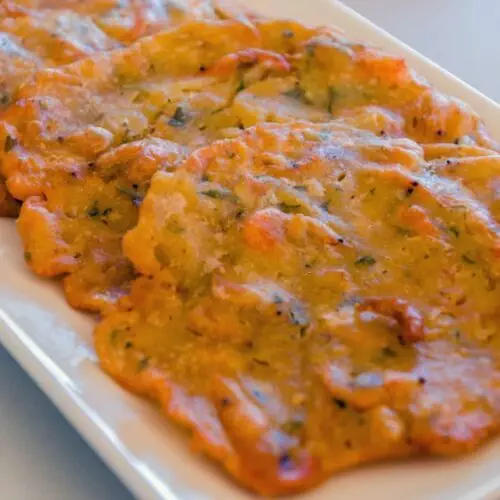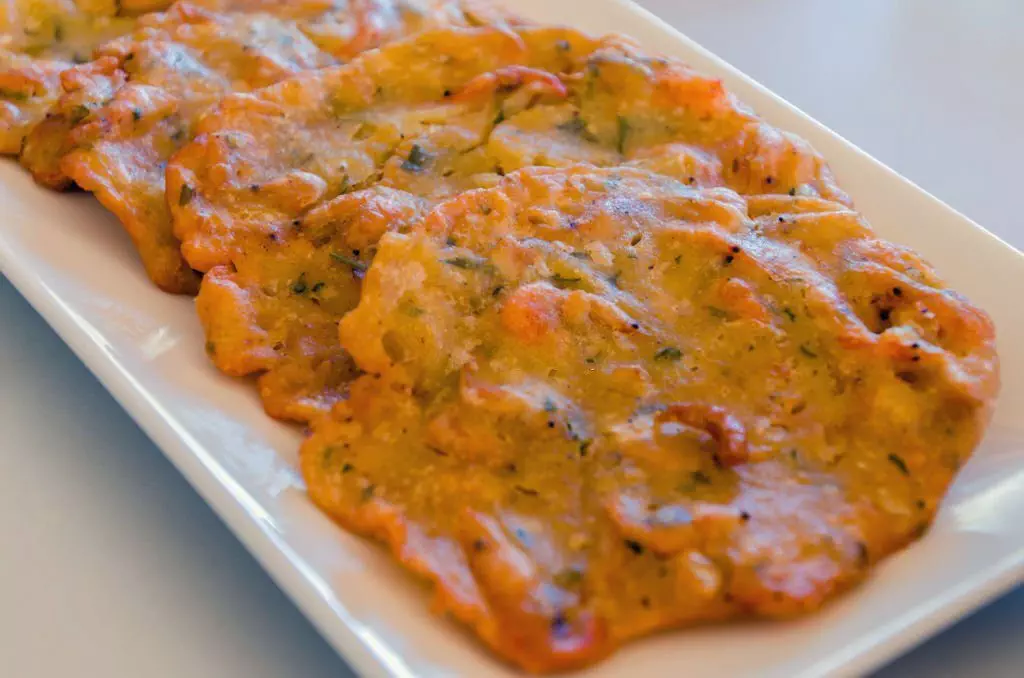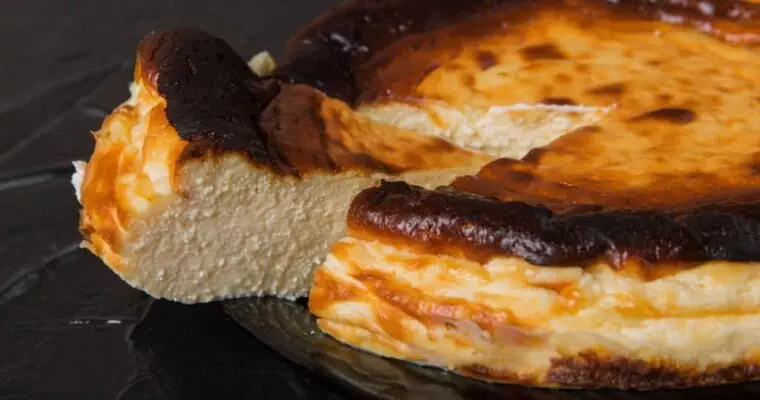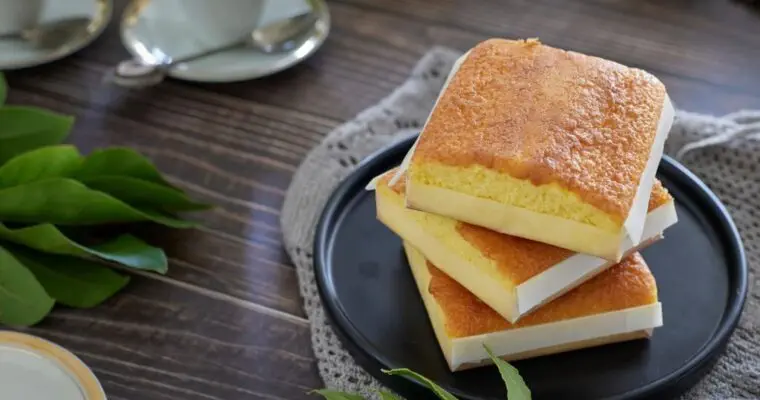When it comes to Spanish cuisine, the world often thinks of paella, tapas, or the classic Spanish omelette (tortilla española). However, there’s another lesser-known gem that deserves the spotlight – Tortillitas de Camarones, the delectable shrimp fritters that have been tantalizing taste buds for generations. In this article, we’ll delve into the history, preparation, and irresistible flavors of this Spanish delight.
The History of Tortillitas de Camarones
Tortillitas de camarones, or shrimp fritters, are a traditional Spanish dish that originated in the coastal region of Andalusia. This delicacy, deeply rooted in the culinary culture of the region, is a testament to the area’s rich seafood bounty. The fritters are a staple in local tapas bars and are especially popular during the Lenten season.
The Art of Making Tortillas
The base of tortillitas de camarones is a simple yet versatile element: the tortilla. Making homemade tortillas is an art form in itself. The process involves mixing flour (usually wheat or chickpea) with water to create a thin batter. This serves as the canvas on which the rest of the ingredients are painted.
The Shrimp: Star of the Show
When it comes to shrimp recipes, the quality of the shrimp is paramount. For Shrimp fritters, small, fresh shrimp are typically used. These are known as “camarones” in Spanish. But how do you prepare shrimp for this dish? The shrimp are usually left whole and mixed into the batter, imparting their flavor throughout each bite.
Crafting the Shrimp Fritters Recipe
Now, let’s dive into the process of making Shrimp fritters. First, the camarones are cleaned and mixed into the batter. The mixture is then spooned onto a hot pan and fried until golden brown. The result? Crispy, savory fritters that are bursting with flavor.
Variations and Tips to Perfect Tortillitas de Camarones
While traditional tortillitas de camarones are made with camarones and a simple batter, there are many variations to this shrimp dish recipe. Some chefs like to add finely chopped onions or parsley to the batter for extra flavor. Others might add a pinch of saffron for color and a touch of luxury.
When it comes to cooking, here’s a pro tip: make sure your pan is hot enough before adding the batter. This ensures your fritters are crispy on the outside and perfectly cooked on the inside.
Tortillitas de camarones are more than just a dish; they’re a celebration of Spanish culinary tradition. Whether you’re making them in your kitchen or enjoying them at a tapas bar in Andalusia, these shrimp fritters are sure to delight your taste buds.

Tortillitas de Camarones: A Taste of Spanish Tradition
Ingredients
- 1 cup Small Shrimp (150g), peeled and deveined
- 1 cup Chickpea flour (also known as besan or gram flour) (125g)
- ½ cup Cold water (120ml)
- ½ tsp Salt or to taste
- ½ tsp Ground cumin (optional)
- ½ tsp Paprika (optional)
- 2-3 Cloves of garlic minced
- 2-3 Onions finely chopped
- Freshly ground black pepper to taste
- Vegetable oil, for frying or extra virgin olive oil
Instructions
- In a mixing bowl, combine the chickpea flour, cold water, salt, ground cumin, and paprika (if using). Whisk the mixture until it forms a smooth batter. Let it rest for at least 30 minutes at room temperature. This resting time allows the flavors to meld and the batter to thicken slightly.
- After the batter has rested, add the minced garlic, chopped green onions, and freshly ground black pepper. Mix them into the batter until well combined.
- Gently fold in the peeled and deveined shrimp into the batter. Make sure the shrimp are well coated.
- Heat vegetable oil in a deep skillet or frying pan over medium-high heat. You'll need enough oil to submerge the fritters.
- Once the oil is hot (around 350°F or 180°C), use a spoon or your hands to drop small portions of the batter mixture into the hot oil. You can make them as small or as large as you prefer.
- Fry the fritters until they are golden brown and crispy, about 2-3 minutes on each side. Be careful not to overcrowd the pan; fry them in batches if necessary.
- Use a slotted spoon to remove the tortillitas de camarones from the oil and place them on a plate lined with paper towels to drain any excess oil.
- Serve the tortillitas de camarones hot as a tapa or appetizer, garnished with a pinch of salt and a squeeze of lemon juice, if desired.








